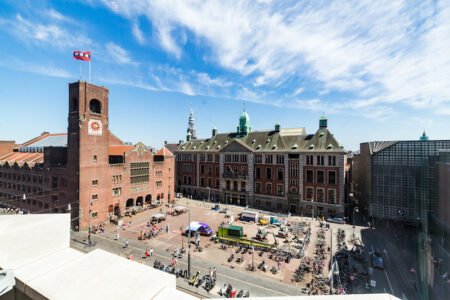Russian confectionery market upturn forecast to be short lived amid coronavirus

The coronavirus pandemic and its quarantine measures in Russia have resulted in a significant increase of the demand and sales of confectionery products within the local market. Regional market analyst Eugene Gerden reports
Despite recent market growth in Russia, this is not likely to be sustained, with analysts noting an economic recession in the country, caused by the outbreak of the disease, and rouble devaluation.
This has led to a significant increase of prices for raw materials (primarily cocoa, 100 per cent of which is still imported to Russia from abroad) and has also put serious pressure on producers.
However, it also had some positive effects for the market, and has led to the short-term sharp growth in the demand and sales of chocolate and confectionery in the regional market (being equivalent to almost three times the year-on-year basis), which was observed during the period of strict quarantine measures in Russia.
The increase of sales was observed in all segments of the market including chocolate wafers, chocolate paste, and bars and was the highest during the past 20 years. According to analysts at the Russian Ministry of Agriculture, in the case of maintaining at least part of these growth rates, the per capita confectionery consumption in Russia may set a new, historic record during this year.
Furthermore, the Russian Association of Confectionery Industry Enterprises (Askond), confirmed that last year the per capita confectionery consumption in Russia amounted to 25.2kg, of which 5kg accounted for chocolate. In general, according to its assessment, for this year the overall confectionery output in Russia will barely exceed four million tonnes. That will be broadly comparable to the figures seen in 2019, as despite the increase of consumer demand, most local producers have no plans to expand capacities until at least the end of the current year. In the case of exports, it is predicted this year they will remain on the level of 2019, and will vary in the range of 630,000 to 640,000 tonnes.
As for imports, according to analysts at Askond, they will not exceed 360,000 tonnes this year. Significantly, the current structure of the Russian confectionery market radically differs from patterns seen observed several years ago, when imports exceeded the volume of export supplies by several times.
According to analysts, at present the Russian confectionery market remains highly saturated, with an annual growth rate of two to three per cent. Still, there is a possibility that additional pressure on the market may be put by the state in the case of a final introduction of a practice of mandatory labelling for all confectionery products available in the domestic market. Such an initiative, according to state plans, will provide an opportunity for regulators to better fight counterfeit products and to contribute to the growth of profits of legal producers.
However, the potential effects of labelling on the domestic market have already been criticised by representatives of some of Russia’s leading confectionery producers. Sergei Nosenko, president of Askond, commented: “Labelling is a very difficult topic. So far, the confectionery industry in Russia has not become a subject of mandatory labelling, as some other industries, however the Russian government is still considering such a possibility, taking into account the size of the industry and its revenue.”
According to Askond, the introduction of such measure will result in the increase of the average prices for confectionery in Russia by seven to 10 percent and will lead to their additional costs on the sum of RUB 42 billion ($591 million), most of which will be allocated for the purchase of necessary equipment designed for producing the required labelling.



